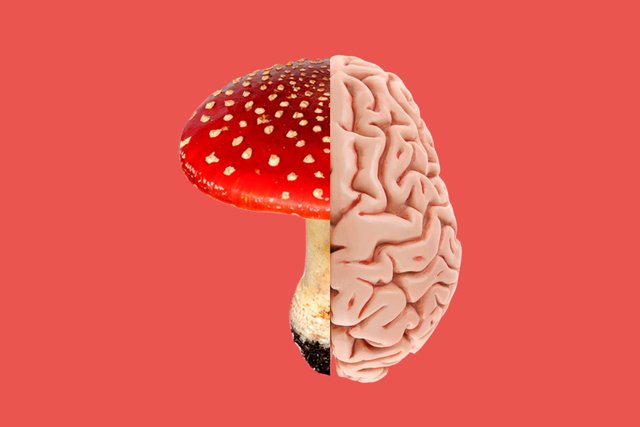
Fact: Some fungi create zombies, then control their minds
The tropical fungus Ophiocordyceps infects ants’ central nervous systems. By the time the fungi been in the insect bodies for nine days, they have complete control over the host’s movements. They force the ants to climb trees, then convulse and fall into the cool, moist soil below, where fungi thrive. Once there, the fungus waits until exactly solar noon to force the ant to bite a leaf and kill it!
“Facts” About Animals You Have All Wrong
1 - Myth: Felines and canines are colorblind
Although it was long believed that our furry companions had limited vision and only saw certain colors, it’s not the case. Cats and dogs have much better color eyesight than we thought. Both can see shades of blue and green. In fact, cats have way more light-sensing cells or rods in their eyes than humans do, and that’s why they can see better in low-light situations. Of course that doesn’t explain why they sometimes act that way they do.
2 - Myth: Bees can only sting once
You typically do your best to avoid winged stingers. With good reason: Bumble bees and yellow jacket wasps have mostly smooth stingers and can attack repeatedly. And if there’s a European hornet that’s buzzing around your yard, stay away! According to an article in Forbes, they don’t even bother stinging you because they’re large enough to bite with their jaws—yikes. And then there are good old wood bees that burrow holes in your wood deck or home. Stick a finger in there and a female may sting you. But you’re safe if it’s a male wood bee. Poor guys don’t have stingers. Turns out the only bee with a single sting is the honey bee. Once they get you, it’s the big beehive in the sky for them

3 - Myth: The king of the jungle is a freeloader
Lions have gotten a bad rap for not helping out their ladies when it comes to hunting. But a new study reveals the king of beasts might be doing his share after all. According to NBC News, by combining GPS collars that track lions’ movements with airborne Light Detection and Ranging (LiDAR) measurements that provide 3-D maps of the landscape and vegetation, the research team was able to reveal that male lions are solitary predators who leap out of thick vegetation to ambush their prey. That’s in contrast to the social hunting behaviors of lionesses that hunt in packs. And female lions live together for life. Their female cubs also stay with the pride, even after they’re grown, but male cubs must venture out on their own once they reach maturity. So lions may still hunt as loners, but they’re far from lazy.
4 - Myth: Females are the only ones to get pregnant
If you’re a seahorse that is. Not only are seahorses an animal that mates for life, turns out in this sea-faring family it’s the guys who get pregnant and give birth to the young. Male seahorses have a brood pouch where females deposit their eggs. He then fertilizes the eggs and incubates them for a period up to 45 days, when they emerge as fully developed little seahorses. The new seahorse fathers even experience muscular contractions as they give birth. Seahorses get big when preggers—they can deliver 100 to 200 babies in one go
5 - Myth: Goldfish have a three-second memory
You’ll never look the same way at that goldfish in a baggie again: The poor little guys have a memory span of at least three months, according to researchers at Plymouth University—long enough to remember being trapped in a sandwich bag. In fact, goldfish may even be able to tell time. By training fish to nudge a lever to get food at certain times of the day, the researchers discovered the fish would hover around the lever as feeding time approached, apparently recalling it was chow time
6 - Camels store water in their humps
Camel humps are an adaptation that helps the animals survive when resources are low, but they aren’t sacs of water. Their humps are actually fat stores, which look droopy if the animals’ bodies burn that fat when food is scarce. Camels can go for a long time without rehydrating, but that extra water (they can drink up to 20 gallons at a time) is stored in their bloodstream, not their humps.
Cool one
Downvoting a post can decrease pending rewards and make it less visible. Common reasons:
Submit